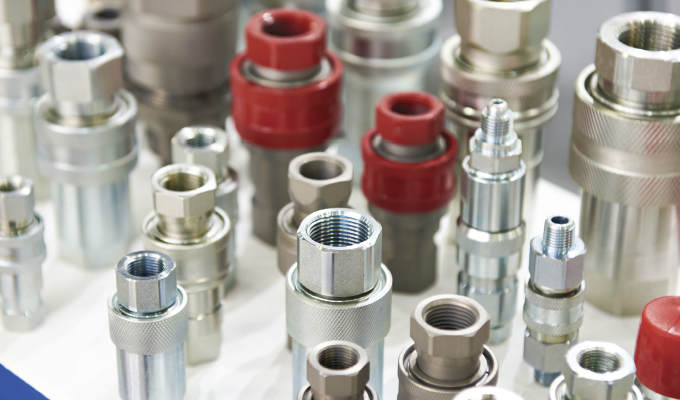For OEMs of agriculture, construction, mining, oil and gas, off-road, forestry, and heavy-duty trucking equipment, there can be thousands of parts to integrate into a single vehicle. These include the hydraulic components that provide the force or power for lifting, pushing, digging, dumping, and braking. As a result of their complex machining needs, OEMs rely on preferred suppliers of hydraulic parts and assemblies to design and manufacture these critical components, which must be high quality, cost-effective, and delivered on time to remain competitive.
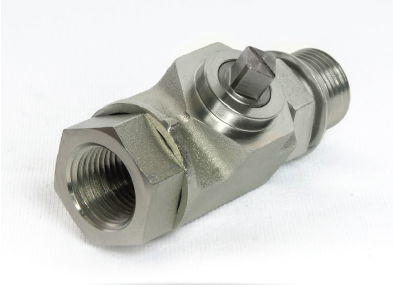
The existing process typically requires working with multiple vendors based on their specialization and the value-added services they provide from coatings to assemblies. Establishing these trusted relationships and orchestrating parts needs across multiple vendors takes time, consuming considerable organization resources and adding costs to OEM production.
The OEM’s expanding demand for supplier support has resulted in manufacturers positioning themselves to be one-stop parts shops, offering a menu of complementary parts spanning different materials such as metal and plastic. A consolidated offering can help streamline parts sourcing for OEMs and provide better support to them as their product needs evolve.
An example of this is Premier Hydraulics. The company, a Tier 1 preferred supplier of hydraulic components and assemblies to OEMs, produces standard hydraulic fittings, valves, manifolds, hose connectors, and flanges in large quantities. In addition, the company specializes in custom-engineered products, meaning it can create assemblies or sub-assemblies with combined components.
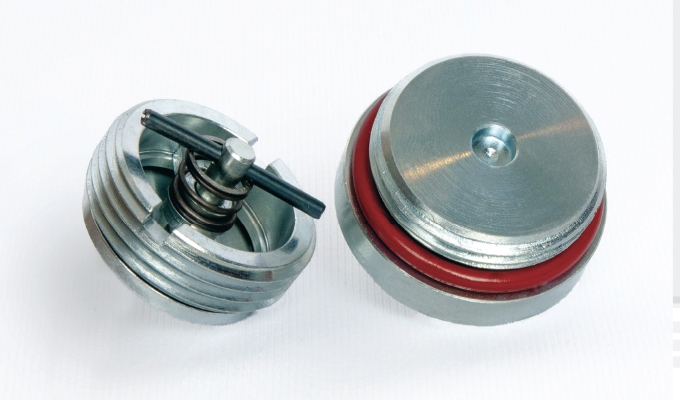
“OEMs today want quality parts at a competitive price that are delivered on time. Beyond that, many also want value-added services like expert engineering, design support, and the ability to provide custom parts such as manifolds, flanges, valves, and fittings in various materials. Depending on how it is designed, the custom component can become a part of a kit, sub-assembly, or assembly of complete product,” says Dinitrise Hicks, sales manager, Premier Hydraulics.
According to Hicks, OEMs often request custom parts, such as hydraulic fittings, which vary from SAE standards in size, thread size, pitch, or materials. Custom parts may also be necessary if OEMs require a unique part function or part combination.
She notes that Premier Hydraulics manufactures custom components in low to high volumes domestically. The rigorous process involves verifying OEM requirements, providing design and engineering support, prototyping, and conducting thorough quality and production checks.
VALUE-ADDED PARTS
According to Hicks, a common question asked by OEMs of their parts manufacturers is, “Can you make this part?” Often behind this question is an OEM’s perception that the parts vendor can only work with one material or provide limited or no value-added services. Now, rather than losing a bid and causing the OEM to have to find yet another parts vendor, they are in a position to fulfill the order need regardless of the parts material or specialized handling needs.
To meet the OEM’s need for value-added custom parts, Premier Hydraulics dramatically expanded its capabilities after the company was acquired in late 2022 by PTR Group, a contract manufacturer of components and subassemblies.
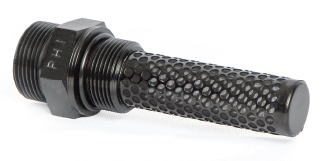
PTR Group has embarked on a strategic campaign to acquire companies offering complementary parts manufacturing differentiated by material and product type to broaden the breadth of their overall parts portfolio. As a result of their acquisition strategy, it now offers OEMs a wide range of parts, including metal components and subassemblies. They can also custom manufacture precision thermoplastic injection mold tooling, zinc die-cast mold tooling, and molded plastic components.
For OEMs, the ability to manufacture inject molded plastic parts can add significant value, particularly when customized to the application. For OEMs, plastic fittings provide a wide range of advantages. Plastic fittings are inherently resistant to corrosion, so can be low maintenance and suitable for use in environments where metal fittings can corrode over time. The fittings are lightweight and often cost less than metal components.
In addition, plastic fittings may help reduce noise and vibration transfer in hydraulic systems compared to metal fittings. Some plastic materials are also non-conductive, which can be beneficial in applications where electrical conductivity is a concern.
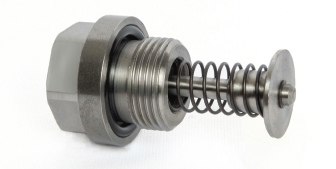
According to Hicks, Premier Hydraulics has received an increasing number of inquiries regarding plastic parts after announcing the capabilities of the PTR Group. In a recent example, it was asked to assist American Cap, a valve protection device and cylinder component manufacturer in the PTR Group, to recertify one of its customer’s hydraulic valves protected by injection molded plastic in two weeks.
Given its experience certifying hydraulic parts for its large Tier 1 customers, Premier Hydraulics was able to disassemble the valve, conduct the high- and low-pressure tests required, and then reassemble and ship the part within the customer’s expedited timeframe.
When the single-source parts model extends from design to manufacturing across a range of materials, a parts provider can play a pivotal role in an OEM’s parts supply chain. This can streamline purchasing, and foster greater collaboration in parts design, engineering, manufacturing, assembly, and testing. The approach can provide a quick response to evolving parts needs through product design and manufacturing, while achieving substantial cost savings through manufacturing synergies.
ABOUT THE AUTHOR
Del Williams is a technical writer based in Torrance, California.


